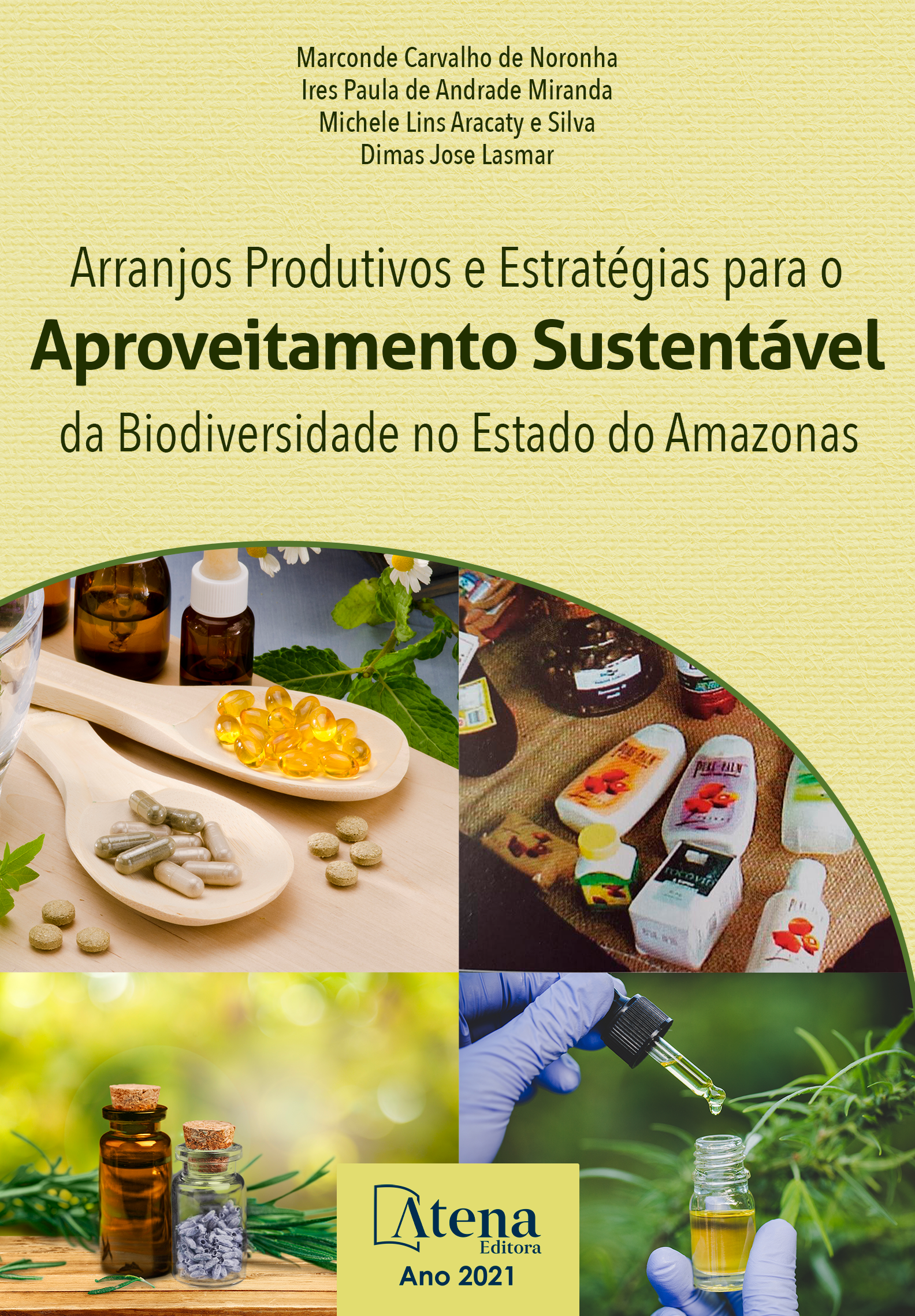
ARRANJOS PRODUTIVOS E ESTRATÉGIAS PARA O APROVEITAMENTO SUSTENTÁVEL DA BIODIVERSIDADE NO ESTADO DO AMAZONAS
A presente tese foi desenvolvida a partir de um estudo sobre o resultado de investimentos do setor público no Arranjo Produtivo Local de Fitoterápicos e Fitocosméticos, com foco no programa da FAPEAM intitulado PAPPE-Subvenção, enquanto modelo alvo para o desenvolvimento econômico no Estado do Amazonas e, por conseguinte, do aproveitamento da biodiversidade, em especial no que tange às experiências decorrentes da participação de empresas de base biotecnológica (fitoterápicos, fármacos, fitocosméticos, entre outras). O estudo foi caracterizado quanto à natureza como uma pesquisa básica, ressaltando o instrumento de gestão em referência, envolvendo stakeholders, tais como, bioindústrias, a partir do modelo alvo apropriado para o aproveitamento comercial da floresta e o desenvolvimento social na Amazônia. Os parâmetros abordados incluíram na parte empírica, a análise preliminar resultante da aplicação de questionários às empresas, com destaque para suas percepções sobre os principais impactos para o desenvolvimento econômico. Utilizou-se para a sistematização das informações dos clusters, a matriz de importância da eficiência do desempenho e a matriz SWOT, para a abordagem do diagnóstico dos componentes, que respondeu e apontou se esse modelo alvo de APLs tende ou não ao êxito e, destarte se tende ao desenvolvimento social e da eficiência do desempenho. Uma premissa foi analisar a interação entre doador e receptor da organização produtiva e a governança dos setores selecionados, enquanto instrumento de apoio à bioeconomia no Estado do Amazonas. Constatou-se como resultado da investigação, que o modelo de APL utilizado como estratégia para o atendimento da alavancagem e responsabilidade socioeconômica das micro e pequenas empresas, requer uma maior e melhor interação institucional. Quanto à cooperação entre os clusters, no sentido de geração de emprego e renda, a formação de recursos humanos do ponto de vista tecnológico, entre outros, necessita maior capacitação em gestão da inovação e o desenvolvimento de competências pessoais e profissionais, para o alcance de novas estruturas e processos organizacionais.
ARRANJOS PRODUTIVOS E ESTRATÉGIAS PARA O APROVEITAMENTO SUSTENTÁVEL DA BIODIVERSIDADE NO ESTADO DO AMAZONAS
-
DOI: https://doi.org/10.22533/at.ed.092211407
-
Palavras-chave: Arranjos Produtivos Locais, Eficiência do Desempenho, Desenvolvimento Econômico e Social.
-
Keywords: Local Production Arrangements, Economic Efficiency, Development Economic and Social.
-
Abstract:
The present thesis proposes a study about the results of investments of public sector in a cluster phytotherapeutics and phytocosmetics, as a target model for sustainable development in the State of Amazonas and, consequently, for the conservation of biodiversity, especially with regards to the resulting experiences (phytotherapeutics, pharmaceuticals and phytocosmetics), in the FAPEAM Program entitled PAPPE-Subsidy. The study it’s characterized in nature as a basic research, highlighting the management tool in question, involving stakeholders, such as bio-industries, from the appropriate target model for the commercial use of the forest and the sustainability of traditional communities in the Amazon. The thesis deals with the theoretical framework built up from bibliographical and documentary research and, in the empirical part, the preliminary analysis resulting from interviews with the protagonists, the culmination of the field research with representatives of companies, researchers, communities and leaders of the public power, highlighting their perceptions about the main impacts for sustainable regional development. It’s used for the systematization of information, the matrix of importance of economic efficiency and the SWOT matrix, to approach the diagnosis of the components of the study, which should answer and point out to what extent this target model of APLs is successful or not, this is based on the foundations of sustainable development and economic efficiency. One premise was to analyze interactively between the donor and recipient of the productive organization and the governance of the selected sectors, as a tool to support the bioeconomy in the State of Amazonas. As a result of the research, the APL model used as a strategy for meeting the economic leverage and socio-environmental responsibility of micro and small enterprises requires a greater and better institutional interaction. As for the cooperation between the clusters, in the sense of generating employment and income, the training of human resources from the technological point of view, among others, requires greater capacity in innovation management and the development of personal and professional competences, to reach new organizational structures and processes.
-
Número de páginas: 115
- Marconde Carvalho de Noronha
- Ires Paula de Andrade Miranda
- Dimas Jose Lasmar
- Michele Lins Aracaty e Silva


